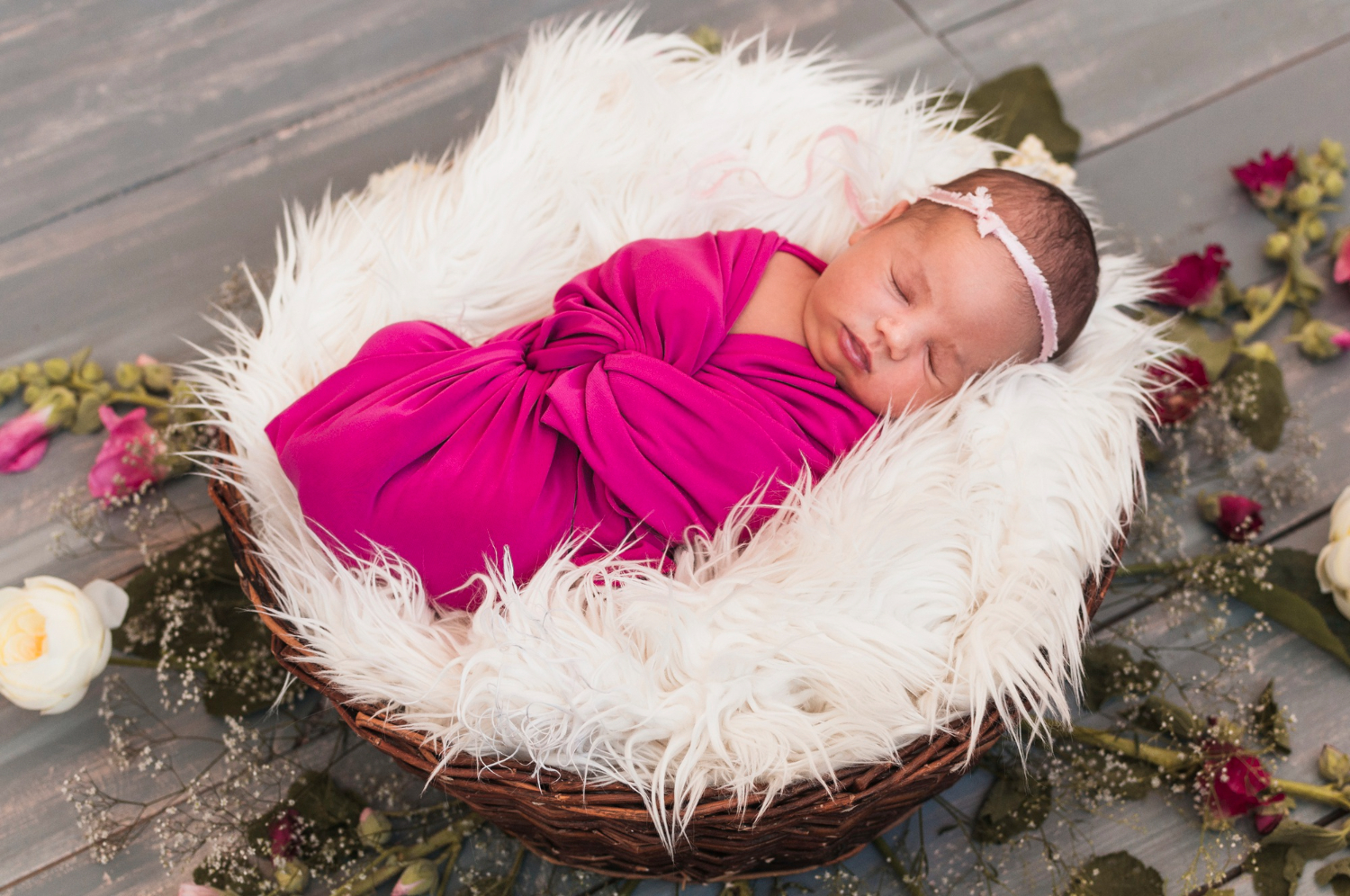There are few moments in life that are breathtakingly life-altering. The birth of your child, the greatest of them all. All that eager anticipation has finally come to an end, as you are introduced to the one person who will occupy the role of ‘most important person in your life’ – your newborn child.
This is the time where you will begin to bond with babies, getting to know them intimately as the world around you fills with magic. The first few days after your child’s birth will see you looking at them obsessively. Here are a few things you want to be apprised of, pertaining to those first, crucial days of newborn care.
Umbilical Cord Care
It takes around a week for your newborn’s umbilical cord to dry out and drop off. Ensure you keep it clean and dry until it does.
Note: In case of any bleeding or discharge, make sure you tell your midwife/pediatrician.Newborn Skin
Newborn baby skin is covered with a creamy, waxy, white substance called vernix. This serves to protect baby skin from the amniotic fluid, and should get washed off during their first bath.
Your baby’s skin might be covered in certain places like the forehead and cheeks, with a fine hair called lanugo (especially common when your child is born early) that usually disappears in the first weeks of life. Mottling of the skin (this refers to a pattern of small reddish areas) is common, as is blueness of the skin of the hands and feet, which is common if your newborn is in a cool environment.
Baby Eyes
The eyes of a newborn baby will be checked shortly after birth. While they can definitely see, their vision is not as yet focused and they will gradually be able to see better over the first few months.
Your baby’s eyes will probably start following your face when they are 2 weeks of age. Don’t be concerned if those eyes roll away from each other on occasion. Called a squint, this is perfectly normal in a newborn and will go away by the time they are 3 months old.
Jaundice
The word might raise alarm bells in adults, but not so in the case of children. Newborn jaundice is common. This is when the skin and the white parts of the eyes appear yellow. Normally starting on the second or third day after birth, it will clear up in 1-2 weeks.
Note: While most jaundice in newborn babies is normal, your doctor will have to check them if they are jaundiced earlier than usual or if their bilirubin level is higher than normal.Bumps and bruises
It’s normal for newborn babies to have bumps and bruises on their head, and even bloodshot eyes.
These are caused by all that pushing and squeezing during childbirth, and is particularly common when the child has been delivered with forceps. Don’t worry; all these will disappear soon.
Birthmarks
Babies come with birthmarks, but not all of them last forever. Salmon patches are common – these are pink or red areas, usually found on the back of the neck, that generally disappear within a year.
Further, there are instances of Mongolian Spots (these are flat patches of slate-blue or blue-green colour that look like ink stains generally found on the back or buttocks) in some babies, that are harmless and mostly disappear within a few years.
Spots and Rashes
These are also very common in newborn babies, and you will find them going almost as quickly as they came. However, if they are accompanied by changes in your baby’s feeding behaviour, or if they are very sleepy or irritable, make sure you inform your pediatrician immediately.
The ‘Primitive’ Reflexes of a Newborn
Babies are born with natural responses to external stimuli like light and touch. Called primitive reflexes, these disappear as baby matures, and include the following:
- Sucking Reflex. Your newborn is triggered by this to forcibly suck on any object that’s placed in their mouth.
- Grasp Reflex. This has babies tightly closing their fingers when pressure is applied to the inside of their hand.
- Startle Response. This sees babies suddenly flail their arms to the sides before bringing them back to the middle of their bodies, if startled by a loud noise, bright light or other such stimuli.
Breasts and Genitals in Newborns
Irrespective of whether they are a boy or a girl, your newborn baby’s breasts will often be swollen and ooze milk. While their genitals might be swollen initially, they will be normal after a few weeks. In the case of baby girls, it’s common for them to have a little bleeding and even a white, cloudy discharge from their vagina. In the case of baby boys, their testicles might take a while to descend into the scrotum.
All of this is caused by hormones that are passed from you to the baby before birth, and there is no cause for alarm.
Sleeping and Breathing in Newborns
Like cats, infants spend most of their time sleeping in the first few weeks of life. Children that are younger than 1 year should always be placed on their backs to sleep; never on their stomachs or sides (this might increase the risk of SIDS – Sudden Infant Death Syndrome).
It’s quite normal for newborn children to breathe irregularly. Their breathing rates may sometimes be as fast as 60 breaths per minute (this is especially the case after they are particularly excited or after an intense bout of crying). Periodic breathing, which mostly occurs during sleep, is also common (this is when they hold their breath for 5-10 seconds before breathing normally again).
At EuroKids we consider it a great privilege to have been afforded the priceless opportunity of taking care of your little ones. While you have gotten to know your children intimately in a way that only parents can, we will do all we can to know their minds and make The Playschool Experience, a most fulfilling and enriching one.














